

Description
Peeled beans refer to beans that have had their outer skins removed, making them more versatile and easier to cook. They are a staple ingredient in various cuisines, particularly in African and Latin American cooking. The most commonly used beans for peeling are black-eyed peas (cowpeas) and brown beans.
Botanical Description
- Common Types: Black-eyed peas (Vigna unguiculata), Brown beans (Phaseolus vulgaris)
- Family: Fabaceae
- Plant Description:
- Leaves: Compound leaves with three leaflets.
- Flowers: Small, typically white or pale-colored flowers.
- Pods: Contain multiple seeds (beans) that can be harvested when mature.
Physical Characteristics of Peeled Beans
- Color: White or light beige, depending on the type of bean used.
- Shape: Oval to kidney-shaped, retaining the natural shape of the beans but without the outer skin.
- Texture: Smooth and softer than whole beans with skins.
- Size: Typically around 1 to 2 centimeters in length.
Nutritional Profile (per 100 grams of dried beans)
- Calories: Approximately 340 kcal
- Carbohydrates: Around 60 grams
- Protein: About 20-25 grams
- Fat: Roughly 1-2 grams
- Fiber: Approximately 15 grams
- Vitamins and Minerals: Rich in folate, iron, magnesium, potassium, and vitamins B1 and B6.
Health Benefits
- Digestive Health: High in dietary fiber, aiding in digestion and promoting bowel regularity.
- Protein-Rich: Provides a significant amount of plant-based protein, essential for muscle repair and growth.
- Nutrient-Dense: Contains essential vitamins and minerals that support overall health.
- Low Fat: Naturally low in fat, making them a healthy addition to various diets.
- Blood Sugar Control: The high fiber content helps regulate blood sugar levels.
Culinary Uses
- Fritters and Cakes: Commonly used to make traditional African dishes like Akara (bean fritters) and Moin-Moin (steamed bean cakes).
- Soups and Stews: Added to soups and stews for thickness and protein content.
- Baking: Used in baking recipes for added nutrition.
- Salads: Incorporated into salads for a protein boost.
- Snacks: Roasted or fried as a crunchy snack.
Traditional Recipes
- Akara (Bean Fritters):
- Ingredients: Peeled beans, onions, bell peppers, salt, and oil for frying.
- Preparation: Blend peeled beans with onions and bell peppers until smooth. Season with salt. Heat oil in a pan and fry spoonfuls of the bean batter until golden brown. Serve hot.
- Moin-Moin (Steamed Bean Cakes):
- Ingredients: Peeled beans, onions, bell peppers, palm oil, seasonings, and optional proteins like fish or eggs.
- Preparation: Blend peeled beans with onions and bell peppers until smooth. Mix in palm oil, seasonings, and optional proteins. Pour the mixture into greased molds or banana leaves and steam until set.
Preparation and Usage
- Soaking: Peeled beans are often soaked in water for a few hours or overnight to soften them before cooking.
- Blending: For recipes like Akara and Moin-Moin, soaked beans are blended with water and other ingredients to form a smooth batter.
- Cooking: Peeled beans can be boiled, steamed, or fried, depending on the recipe.
Processing of Peeled Beans
- Harvesting: Beans are harvested when mature and dried.
- Cleaning: The beans are cleaned to remove dirt and debris.
- Soaking: Beans are soaked in water to loosen the skins.
- Peeling: The outer skins are manually or mechanically removed.
- Drying: Peeled beans are dried again if necessary.
- Packaging: The beans are packaged for sale and distribution.
Storage
- Conditions: Store in an airtight container in a cool, dry place away from direct sunlight.
- Shelf Life: Can last for several months to a year if stored properly, with minimal exposure to moisture and air.
Cultural and Historical Significance
- Culinary Tradition: Peeled beans have been a staple in African and Latin American cuisines for centuries, forming the basis of many traditional dishes.
- Economic Importance: The cultivation and processing of beans provide a source of income for many farmers and traders.
- Cultural Celebrations: Often used in special dishes prepared for festivals, weddings, and other significant events.
Safety and Precautions
- Allergies: Generally safe for most people, but individuals with specific bean allergies should exercise caution.
- Quality Control: Ensure that peeled beans are sourced from reputable suppliers to avoid contamination with dust or other foreign materials.
Be the first to review “1 kg of peeled beans” Cancel reply
Related products
-
Sale!
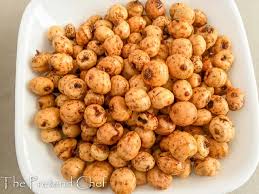
Dried tigernut
₦15,000.00Original price was: ₦15,000.00.₦14,000.00Current price is: ₦14,000.00. Add to cart -
Sale!
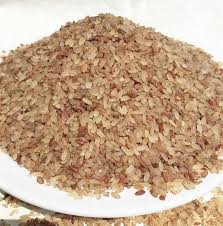
1 kg ofada rice
₦7,000.00Original price was: ₦7,000.00.₦6,000.00Current price is: ₦6,000.00. Add to cart -
Sale!
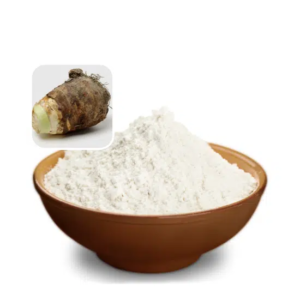
2kg of Cocoyam powder
₦40,000.00Original price was: ₦40,000.00.₦36,000.00Current price is: ₦36,000.00. Add to cart -
Sale!
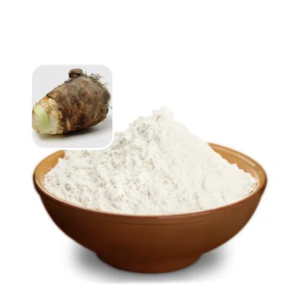
100g of cocoyam powder
₦2,000.00Original price was: ₦2,000.00.₦1,500.00Current price is: ₦1,500.00. Add to cart

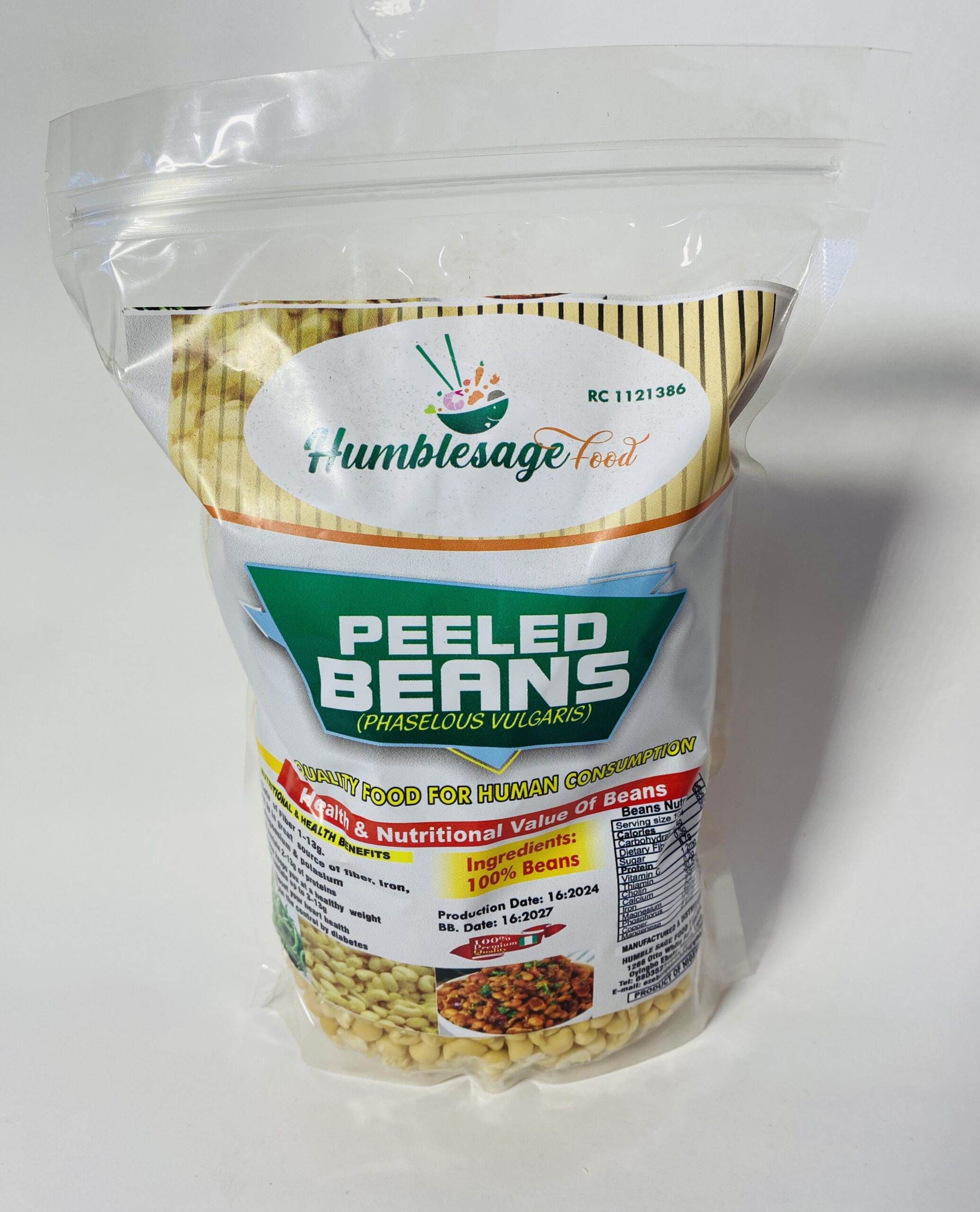
Reviews
There are no reviews yet.